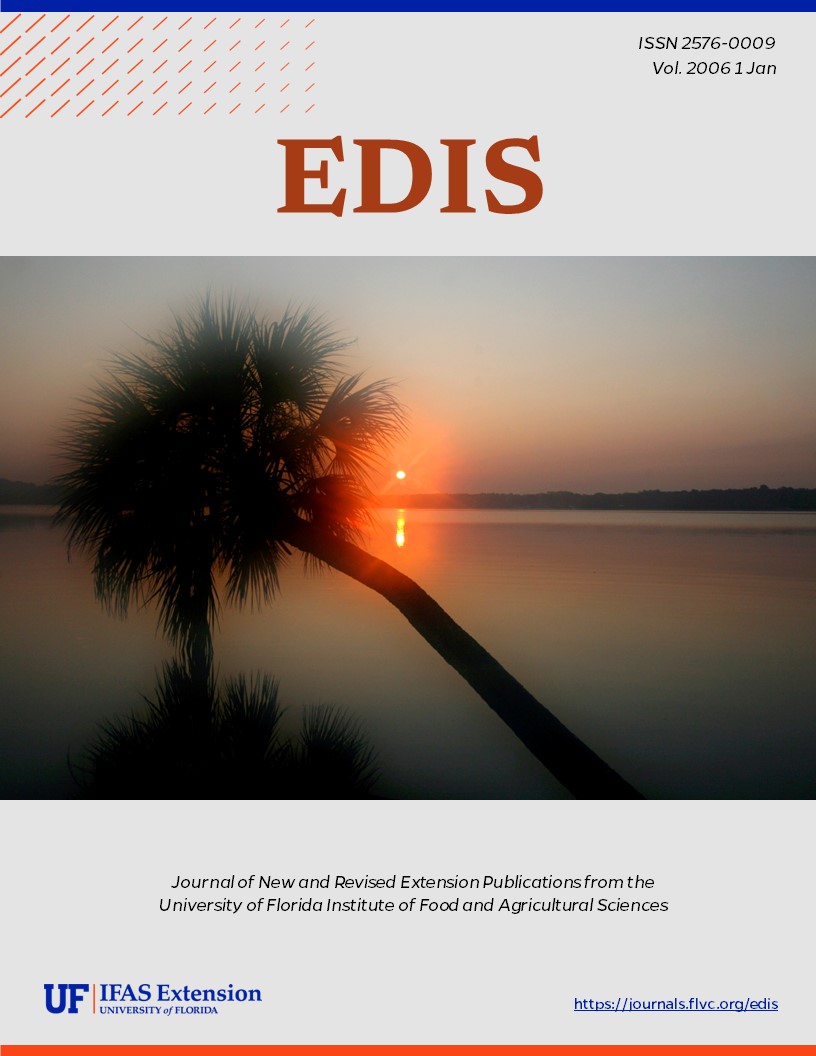Resumen
Barn owls, members of the family Tytonidae, are unmistakable nocturnal birds of prey. Their ghostly appearance and blood-curdling shriek have led to their incorporation into folklore and myth and have earned these birds a variety of nicknames, including "ghost owl" and "monkey-faced owl." Thirty-six subspecies have been identified worldwide. The subspecies that lives in North America is called Tyto alba pratincola. This document is WEC 185, one of a series of the Department of Wildlife Ecology and Conservation, UF/IFAS Extension. Original publication date September 2005.
Citas
Florida Fish and Wildlife Conservation Commission. 2003. Florida's Breeding Bird Atlas: A Collaborative Study of Florida's Birdlife. http://www.wildflorida.org/bba
Lee, C.H. 1997. Barn owl for field rat control in cocoa. Journal of Tropical Agriculture and Food Science 25(1):43-54.
Marti, C.D. 1992. Barn owl. In The Birds of North America - Life Histories for the 21st Century (A.F. Poole, P. Stettenheim and F.B. Gill, eds.). The American Ornithologists Union and The Academy of Natural Sciences of Philadelphia, Washington, D.C. and Philadelphia. Pp. 5-15
Taylor, I. 1994. Barn Owls: Predator-Prey Relationships and Conservation. Cambridge: University Press. 304 p.
Van Vuren, D.; Moore, T.G.; and Ingels, C.A. 1998. Prey selection by barn owls using artficial nest boxes. California Fish and Game 84(3):127-132.

